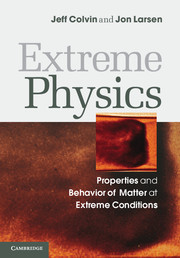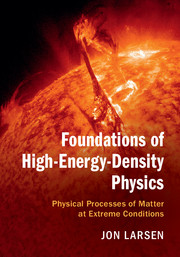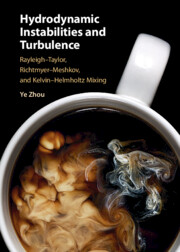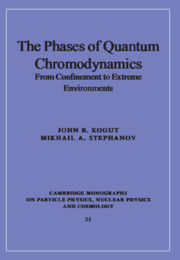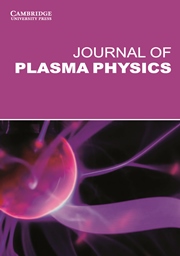Extreme Physics
Most matter in the Universe, from the deep interior of planets to the core of stars, is at high temperature or high pressure compared to the matter of our ordinary experience. This book offers a comprehensive introduction to the basic physical theory on matter at such extreme conditions and the mathematical modeling techniques involved in numerical simulations of its properties and behavior. Focusing on computational modeling, the book discusses topics such as the basic properties of dense plasmas; ionization physics; the physical mechanisms by which laser light is absorbed in matter; radiation transport in matter; the basics of hydrodynamics and shock-wave formation and propagation; and numerical simulation of radiation-hydrodynamics phenomenology. End-of-chapter exercises allow the reader to test their understanding of the material and introduce additional physics, making this an invaluable resource for researchers and graduate students in this broad and interdisciplinary area of physics.
- The first book on the computational modeling of matter at extreme conditions
- Covers the basic physics and mathematical modeling techniques readers need to know to gain proficiency in this fast-growing field
- End-of-chapter exercises are designed to test comprehension of the material and are ideal for homework assignments
Reviews & endorsements
'The text is well-written and … convey[s] the content clearly, as does the mathematically rigorous treatment of physical phenomena. This book hence offers a comprehensive (and modern) introduction into the basic physics of matter at extreme conditions and into the mathematical techniques involved in numerical simulations of its properties and behaviour with a clear focus on computational modeling of the relevant phenomena.' Manuel Vogel, Contemporary Physics
Product details
November 2013Hardback
9781107019676
416 pages
249 × 178 × 25 mm
0.98kg
95 b/w illus. 8 tables 135 exercises
Available
Table of Contents
- Acknowledgements
- 1. Extreme environments: what, where, how
- 2. Properties of dense and classical plasmas
- 3. Laser energy absorption in matter
- 4. Hydrodynamic motion
- 5. Shocks
- 6. Equation of state
- 7. Ionization
- 8. Thermal energy transport
- 9. Radiation energy transport
- 10. Magnetohydrodynamics
- 11. Considerations for constructing radiation-hydrodynamics computer codes
- 12. Numerical simulations
- Appendix: units and constants, glossary of symbols
- References
- Bibliography
- Index.

